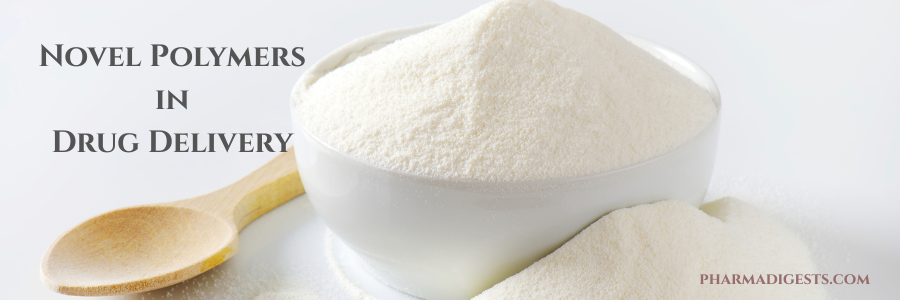From the precision of controlled drug release with Hydroxypropyl Methylcellulose (HPMC) to the sophistication of targeted delivery systems using Polyethylene Glycol (PEG), novel polymers are reshaping the landscape of drug development. Let’s dive into the realms of innovation and unlock the possibilities!
Advantages of PLGA (Poly(lactic-co-glycolic acid))
- Biodegradability: PLGA is eco-friendly, breaking down into harmless byproducts in the body, reducing the risk of long-term side effects.
- Controlled Release: Tune the degradation rate of PLGA for controlled and sustained drug release, ensuring a predictable profile over an extended period.
- Versatility: PLGA’s adaptability allows encapsulation of a wide range of drugs, from small molecules to peptides and proteins, applicable across various therapeutic areas.
- Reduced Toxicity: Biocompatible PLGA and its byproducts, lactic acid, and glycolic acid, are naturally occurring and easily metabolized in the body.
- Protection of Labile Compounds: PLGA microspheres or nanoparticles shield labile compounds, enhancing stability during drug delivery.
- Targeted Delivery: Modify PLGA for targeted drug delivery, guiding the system to specific tissues or cells through surface modifications or inclusion of targeting ligands.
- Enhanced Pharmacokinetics: Improve drug circulation time and therapeutic efficacy with PLGA, contributing to enhanced pharmacokinetics.
Real-time Examples of PLGA in Drug Delivery:
- Zoladex (Goserelin Acetate): Sustained release of goserelin acetate for prostate and breast cancer treatment using PLGA microspheres.
- Lupron Depot (Leuprolide Acetate): Prolonged release of leuprolide acetate for conditions like prostate cancer and endometriosis with PLGA microspheres.
- Vivitrol (Naltrexone): Extended-release naltrexone for alcohol and opioid dependence utilizing PLGA microspheres.
- Trelstar (Triptorelin): Sustained release of triptorelin for prostate cancer treatment via PLGA microspheres.
- Nanoformulations for Anticancer Drugs: PLGA nanoparticles delivering drugs like paclitaxel or doxorubicin, showcasing targeted cancer therapy potential.
These examples illustrate the versatile applications of PLGA, highlighting its pivotal role in advancing drug delivery, improving therapeutic outcomes, and ensuring patient compliance. Let’s continue pushing the boundaries of innovation.
Read also:
- Critical Processing Parameters in the Fabrication of PLGA Microparticles
- Glass Transition Temperature and Drug Release from PLGA-Based Microspheres
Resource Person: Pradip Kokane

